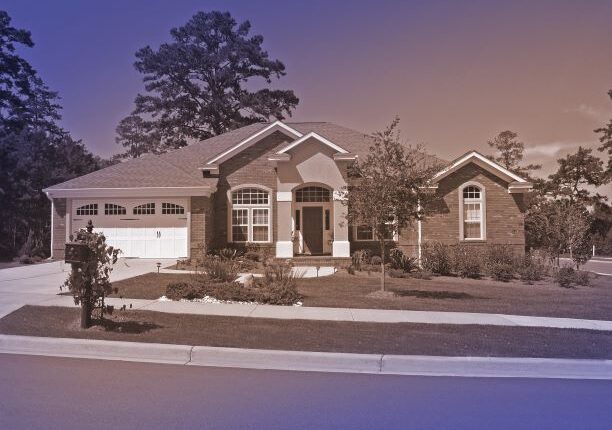| Just the Peaks
This newsletter, at a glance
|
Researchers say single-family homes ‘most popular form of housing’
How the pandemic has rents climbing (and investors celebrating)
The countrywide COVID-19 crisis continues to drive suburban rents on an upward trajectory, gaining 0.5% year-over-year in the month of October.
A study by Apartment List details the incredible rebound. From March through June, national rents dropped 1.3% due to the economic downturn, with costly cities like New York, Boston, and San Francisco experiencing the heaviest blows. By comparison, those months have yielded an average 2% increase in rental prices the past few years.
So, where are rents rising?
Despite overall rents being down, a look at those rental markets—specifically, their suburban counterparts—tells a completely different story.
Rents just outside of big metropolitan cities continue to rebound to pre-pandemic levels. Suburban Atlanta, Philadelphia, and Seattle even saw higher rents in the fall than in January, further proving that suburban flight is real (and growing).
The Apartment List report does not detail what kinds of properties are reflected in the data. But other research suggests that single-family homes are the #1 hottest form of housing.
When did rental prices change?
To understand the timeline, check out this phase-by-phase breakdown of the pandemic and its impact on rental costs, courtesy of Apartment List:
- January to March – Not yet disturbed by the ensuing pandemic, rents rise steadily and evenly across both principal cities and suburbs.
- March to June – The pandemic halts many moving plans, and rents begin to fall across the country. Rents drop faster in principal cities than suburban cities, but softness in the market exists across the board.
- June to October – Rents continue to drop in principal cities, but quickly rebound in the suburbs. By October, suburban rents are 0.5% higher than they were at the start of the year, and sit just below their pre-pandemic peak in March.
Read the full report at ApartmentList.com
What kinds of units are performing best?
According to other research from Bisnow, single-family homes are commanding the absolute highest premiums. Overall asking rents were up an amazing 7.5% year-over-year during the month of October, as reported in the Wall Street Journal.
“The largest landlords in the space, like Invitation Homes and American Homes 4 Rent, have reported near-full rent collection, full occupancy, and tenants remaining in place even as rents hiked on them,” writes Bisnow East Coast contributor Matthew Rothstein.
While news of the Pfizer vaccine increased real estate stocks in November, single-family owners saw a slight decline in rents. Still, insiders know that a successful vaccine rollout won’t be enough to move people back to the big city any time soon.
Why are they staying?
Of course, every locale is different. A number of factors continue to boost suburbia’s appeal, including coronavirus outbreaks, growing unrest, rising homelessness, and severe lockdowns in many of America’s biggest metropolises.
With a long winter ahead, families are desperate for safety—and space. Renting in the suburbs makes it easier to social distance, enjoy the outdoors when possible, and spread out in more spacious, affordable digs.
Experts also say the economy remains a key factor in rental decisions.
Per Rothstein, “Coupled with the historically low inventory of homes for sale, which is worse for households that would stretch to make a down payment, suburban rentals look as if they will continue to be the most popular target for urban renters picking up stakes.”
How can I cash in?
So many investors have laid low during this uncertain time. But at Everest we encourage our clients to keep reaching for greater heights—and to take advantage of unexpected trends as they proliferate across the country.
If you’re looking to expand your rental portfolio, keep your eyes peeled for single-family homes in your area’s established (and up-and-coming) suburban markets.
Everest says: when rents are up, we won’t let you down




